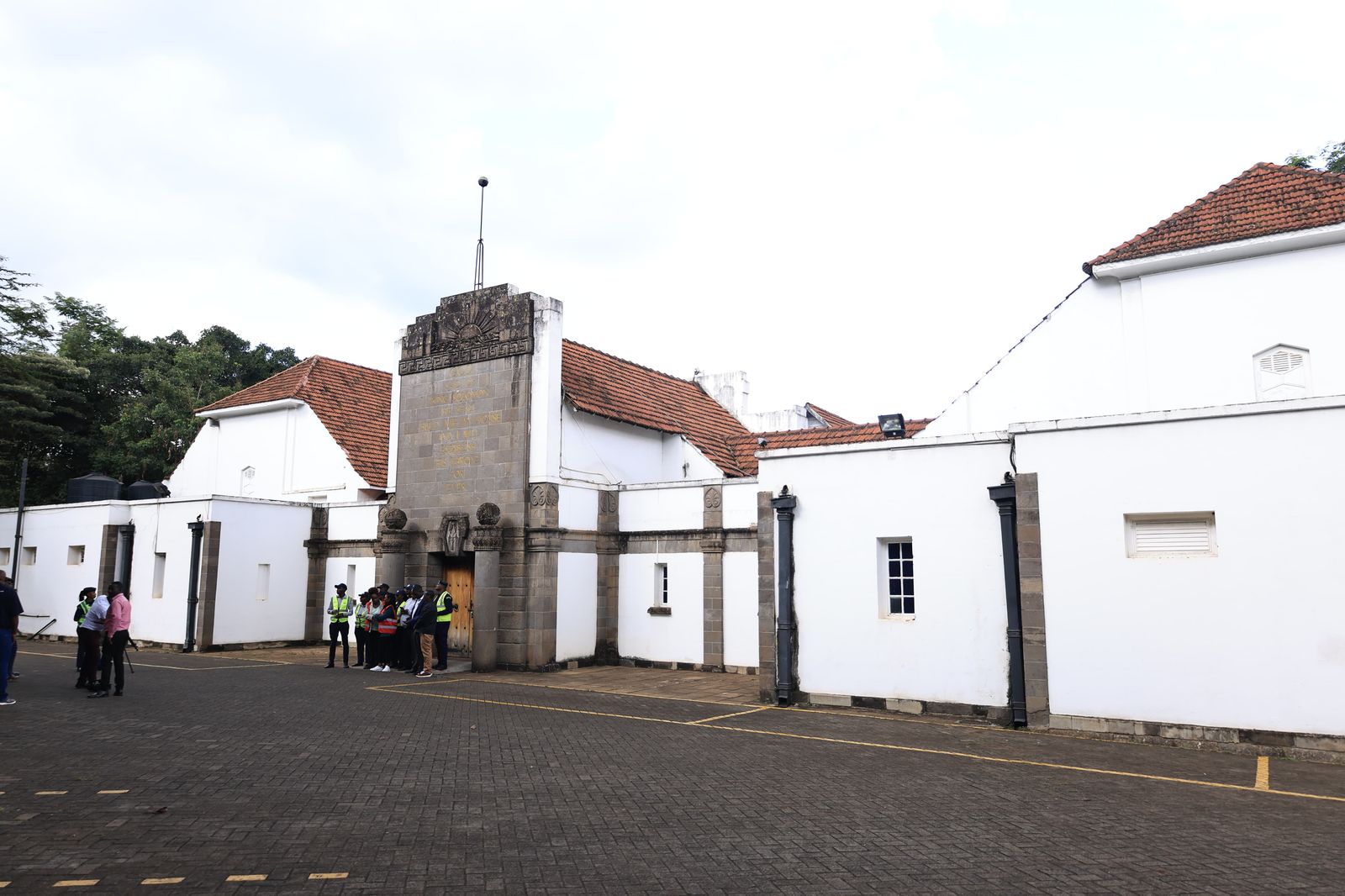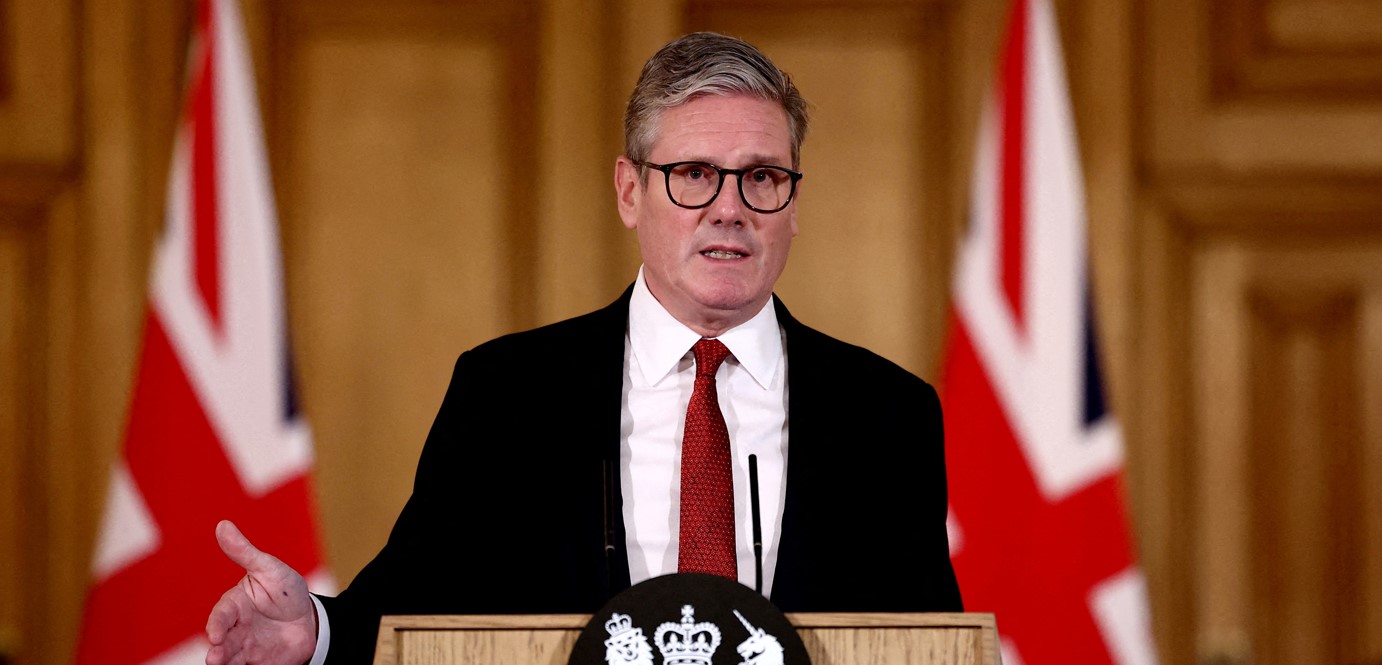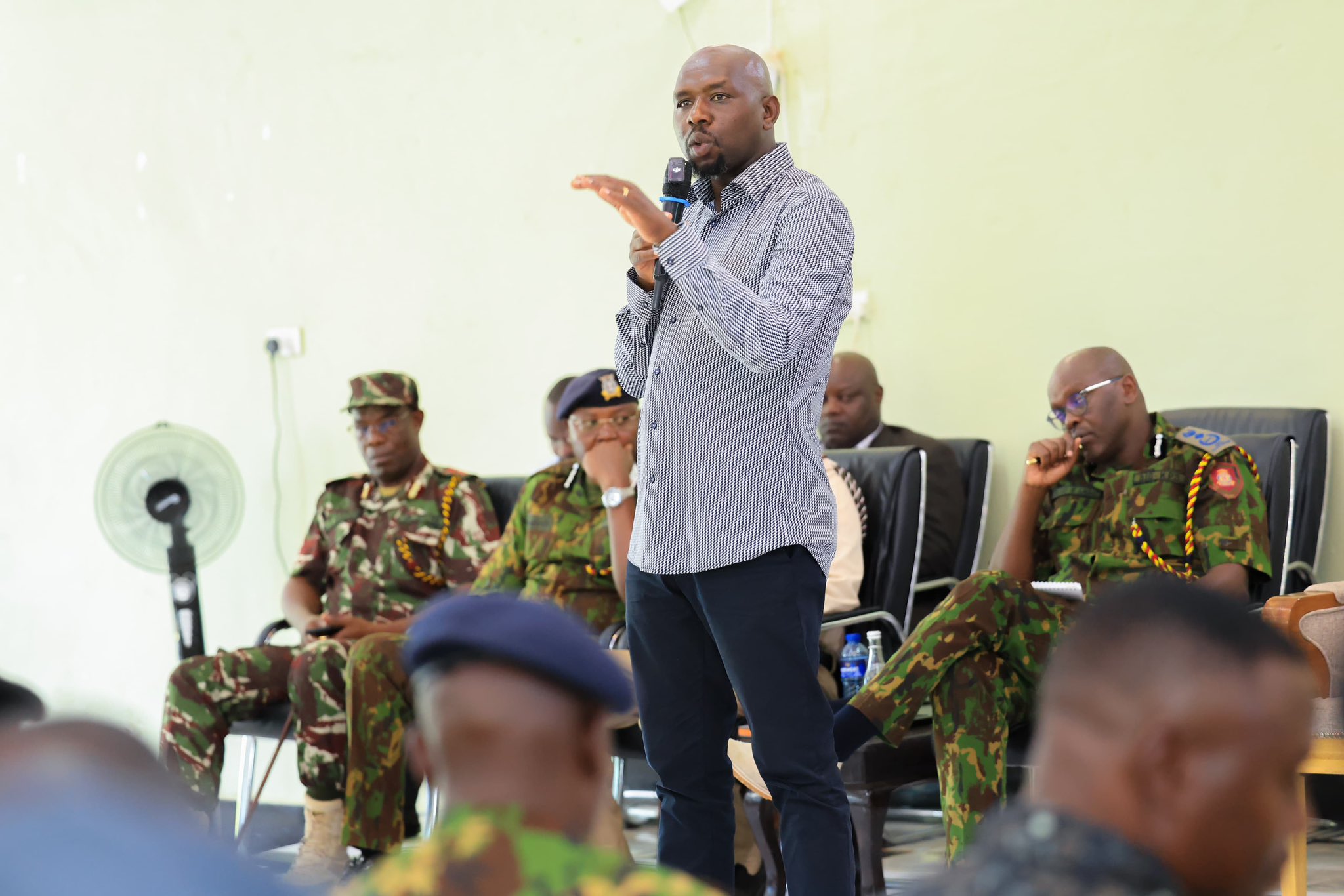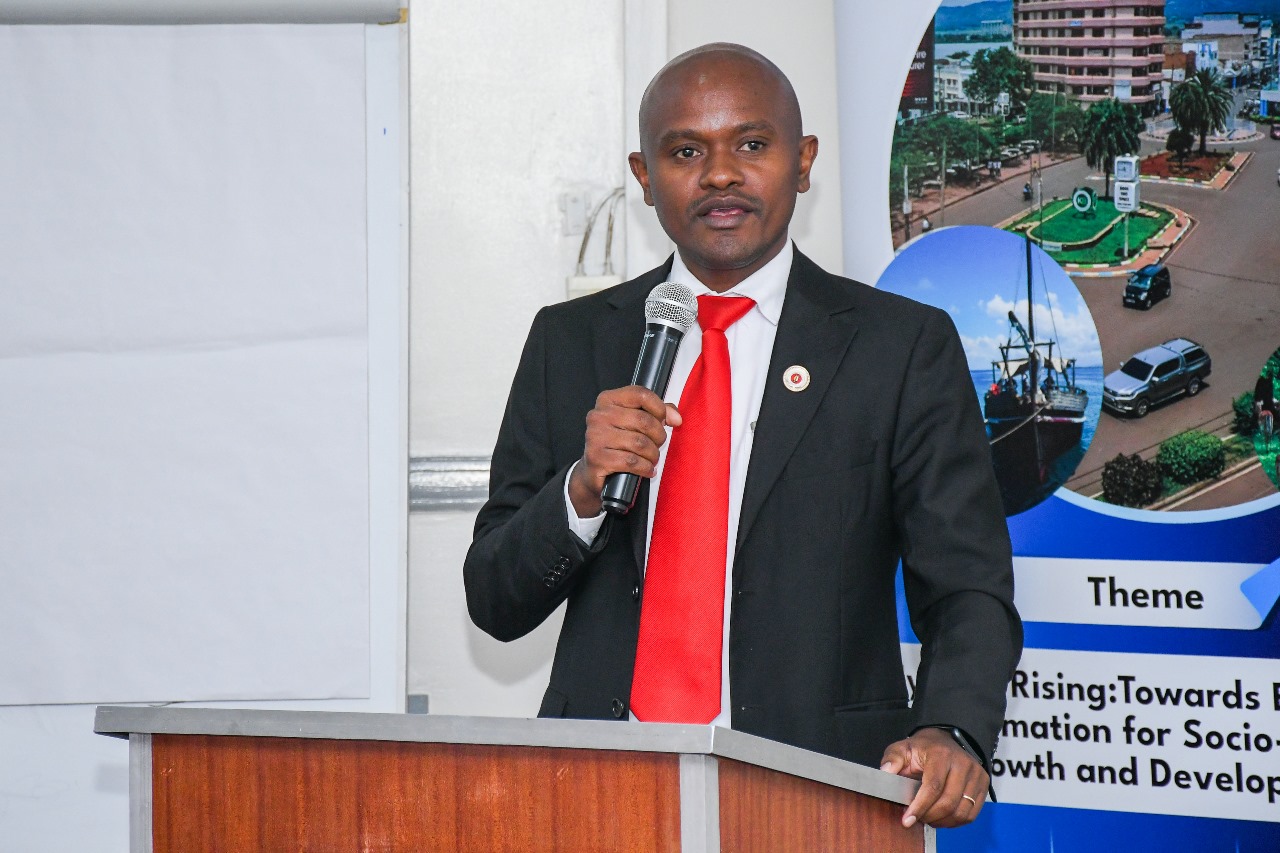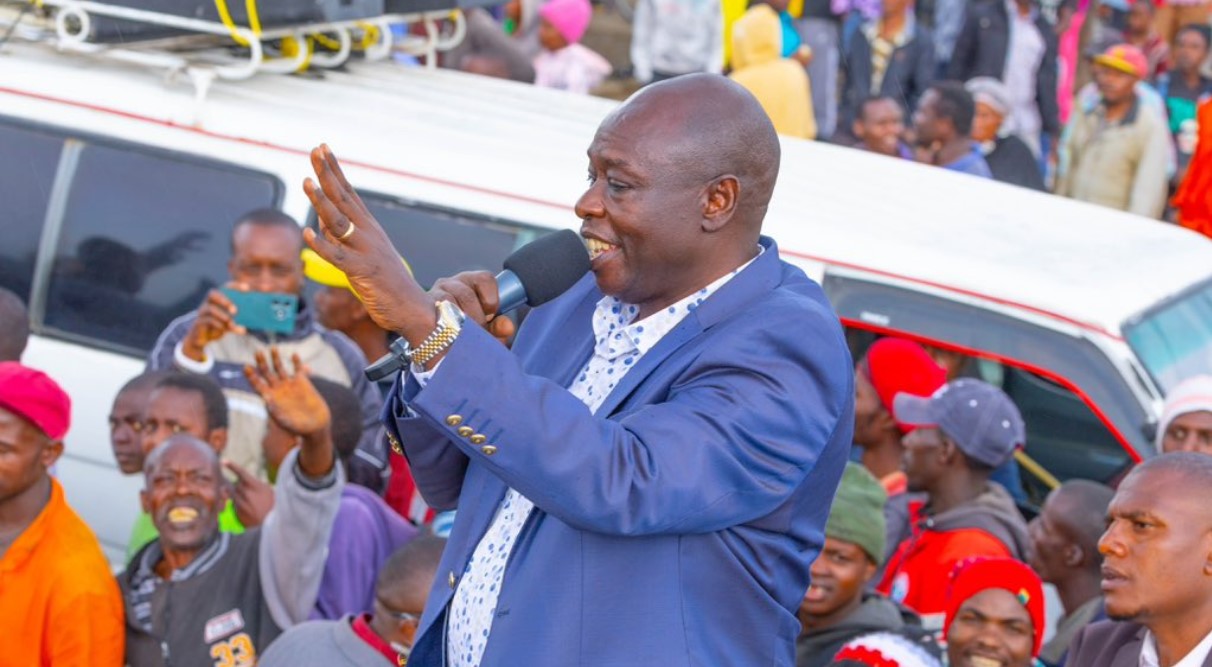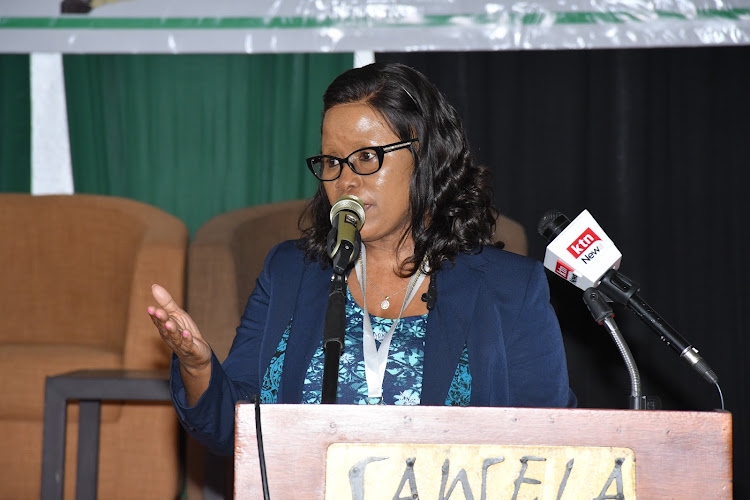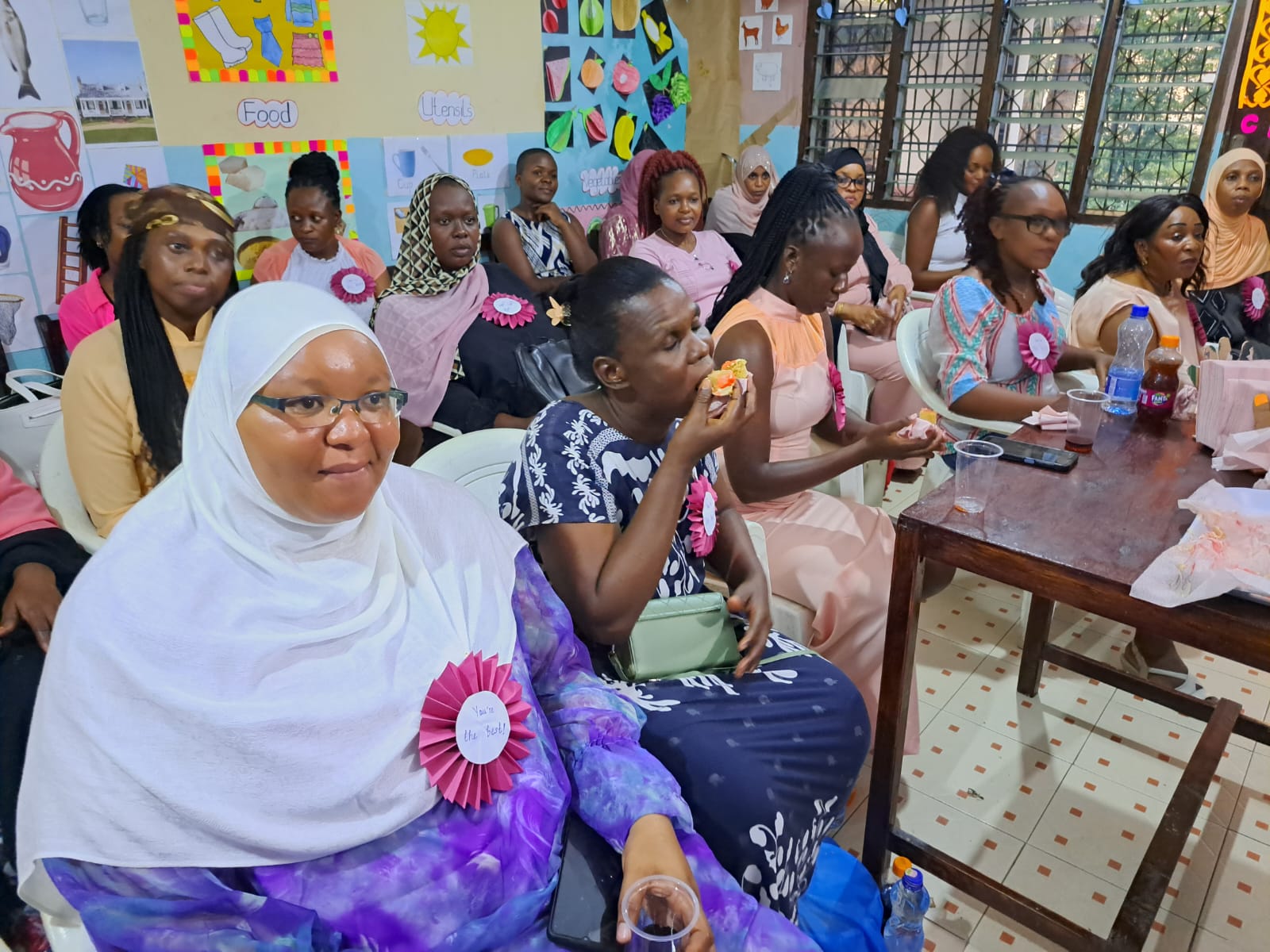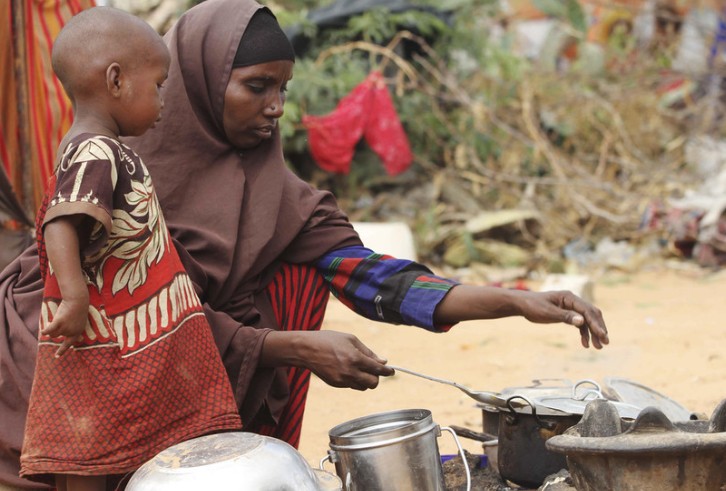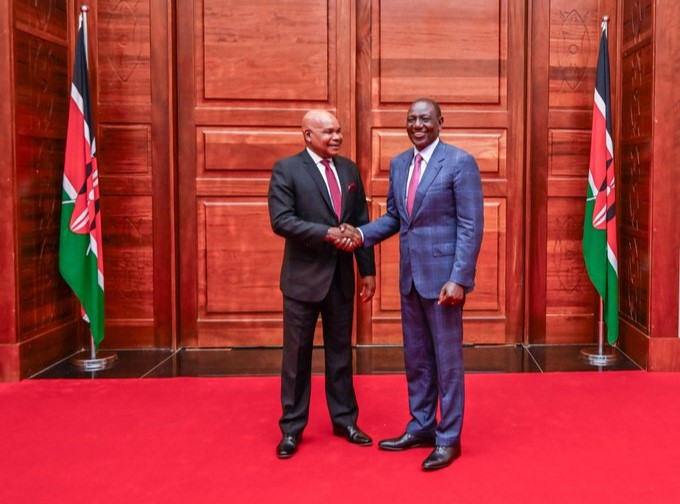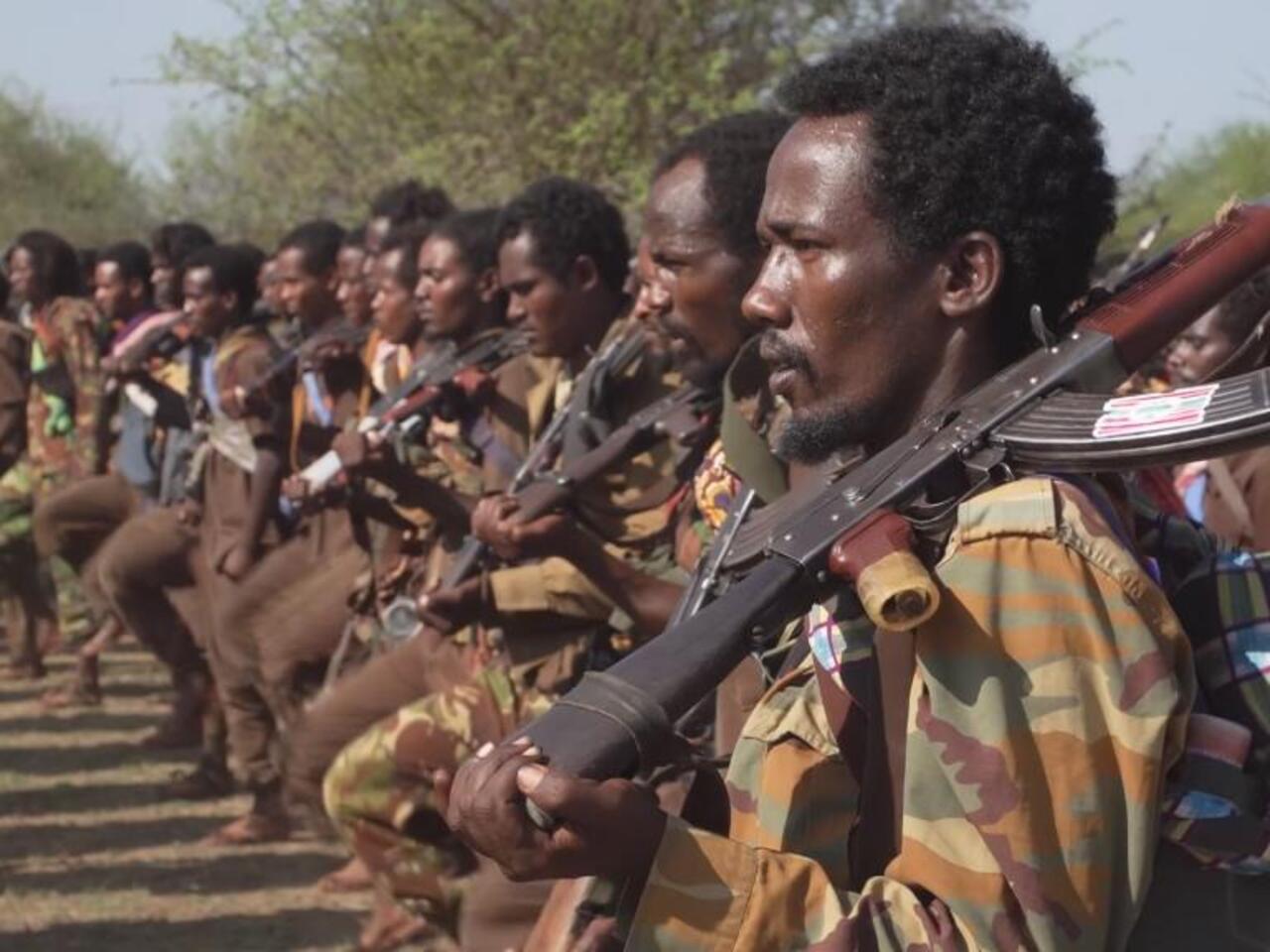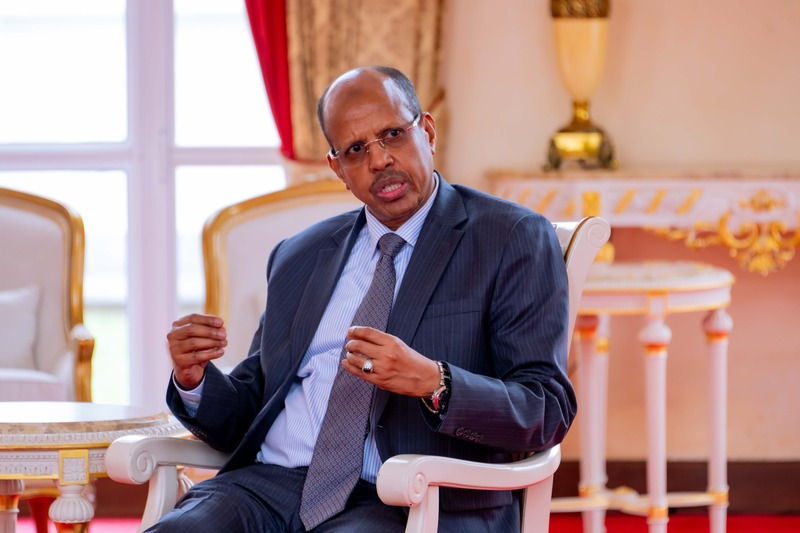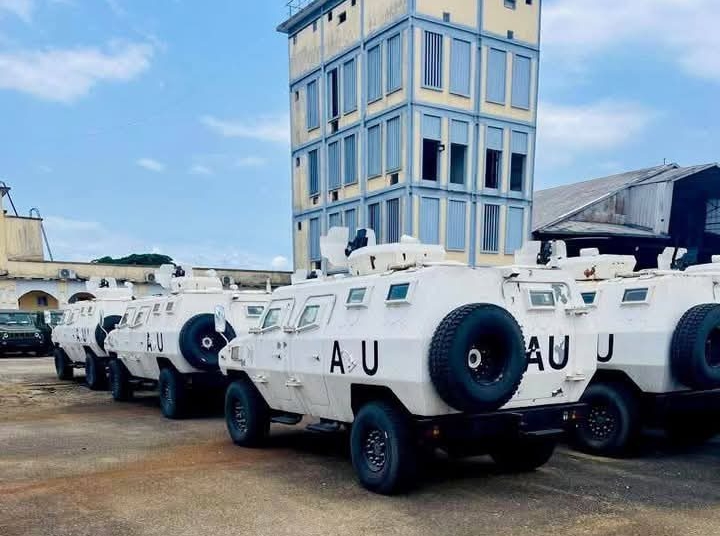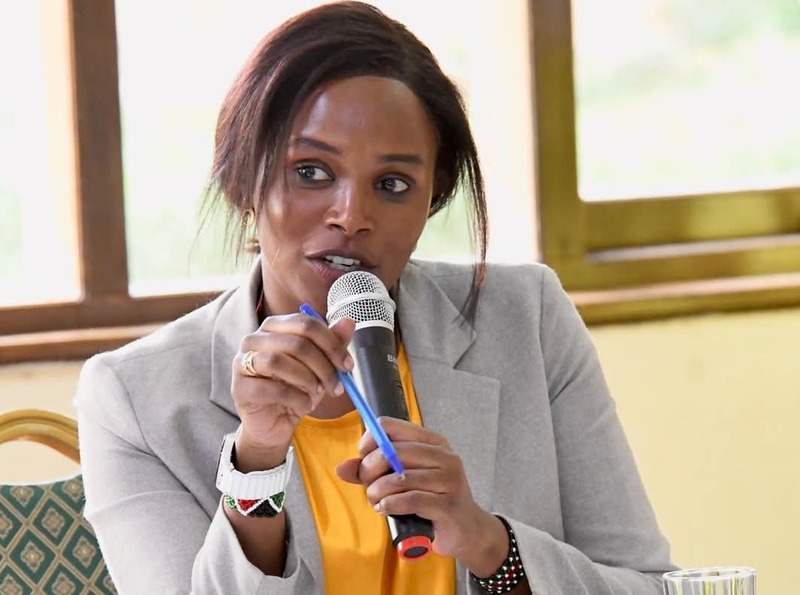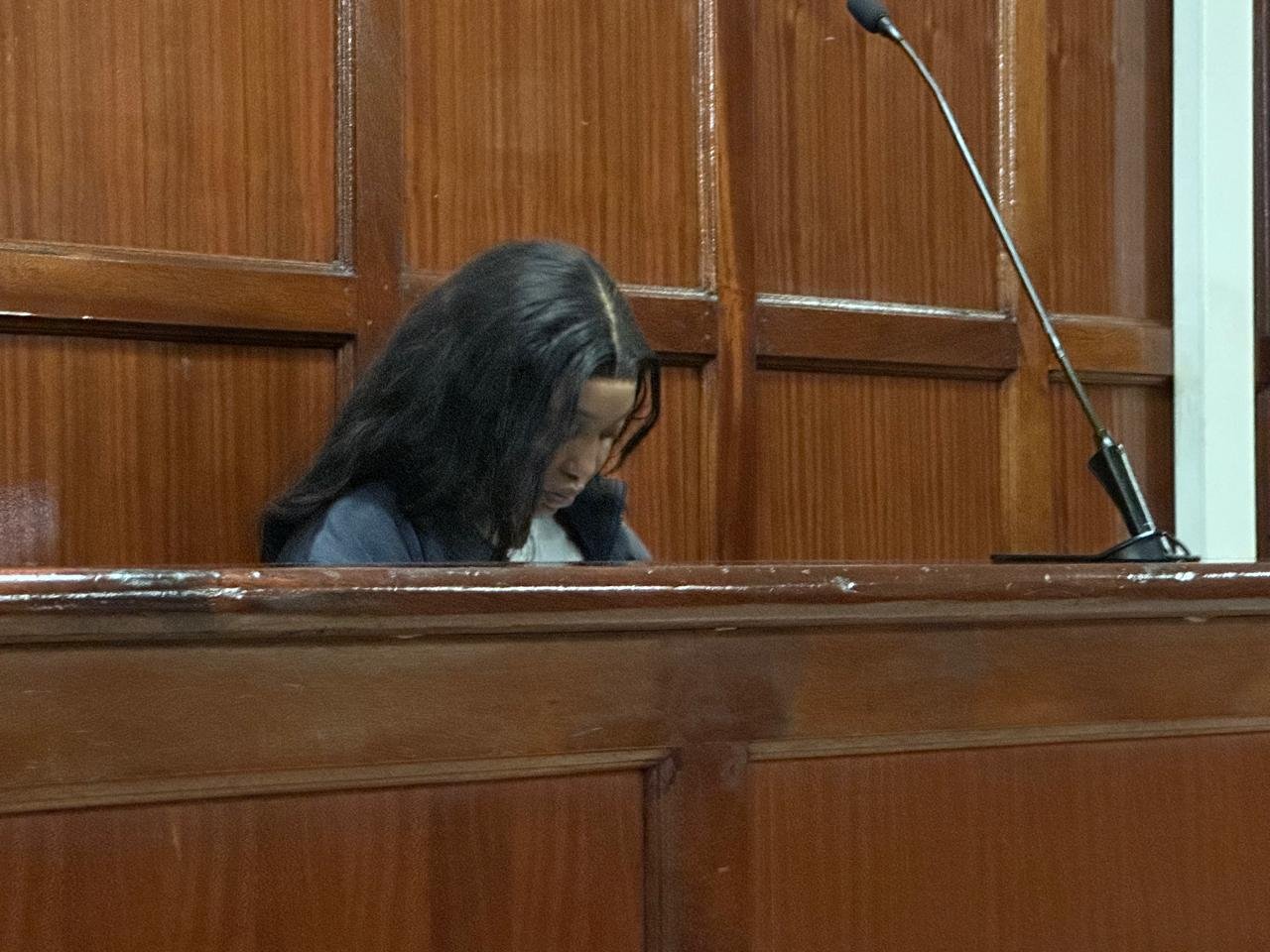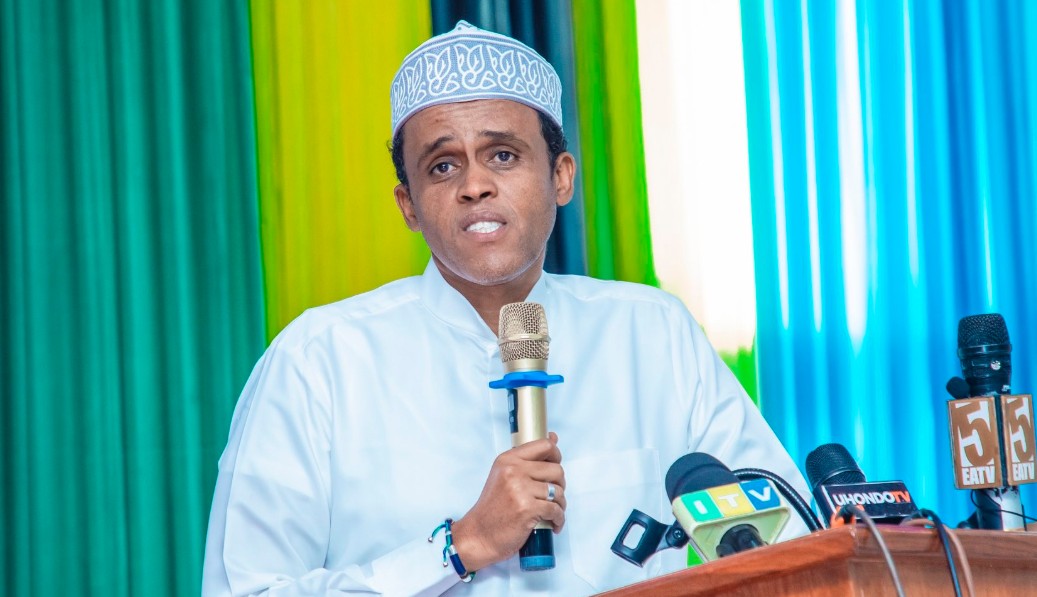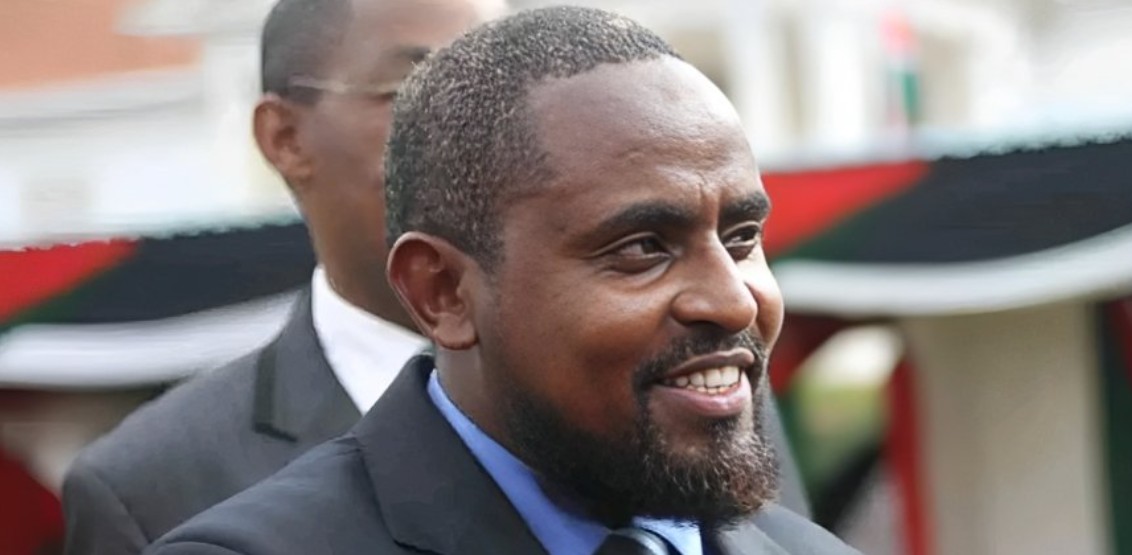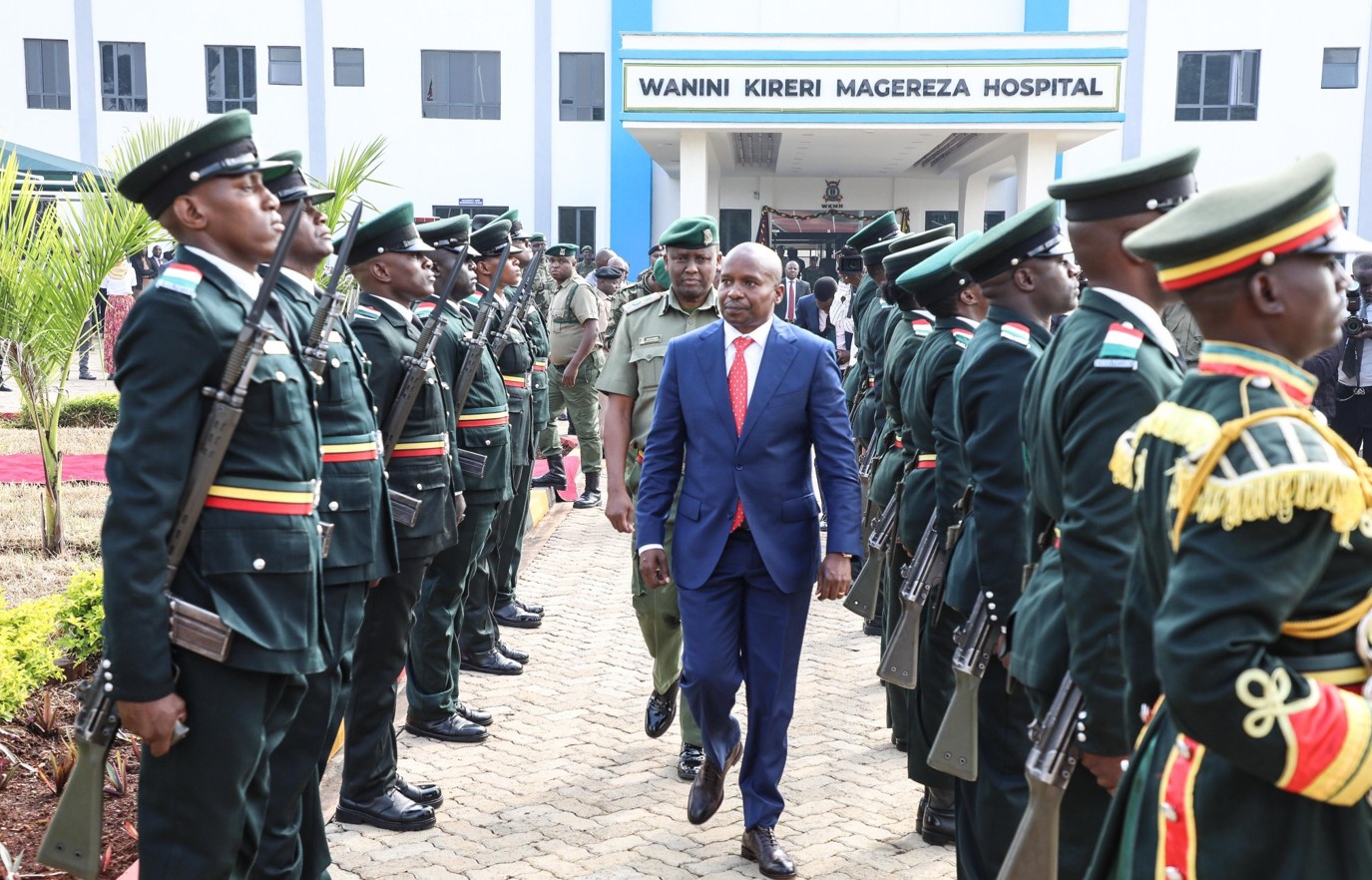AU, Rwanda, UNHCR to rescue refugees and asylum seekers suffering in Libya
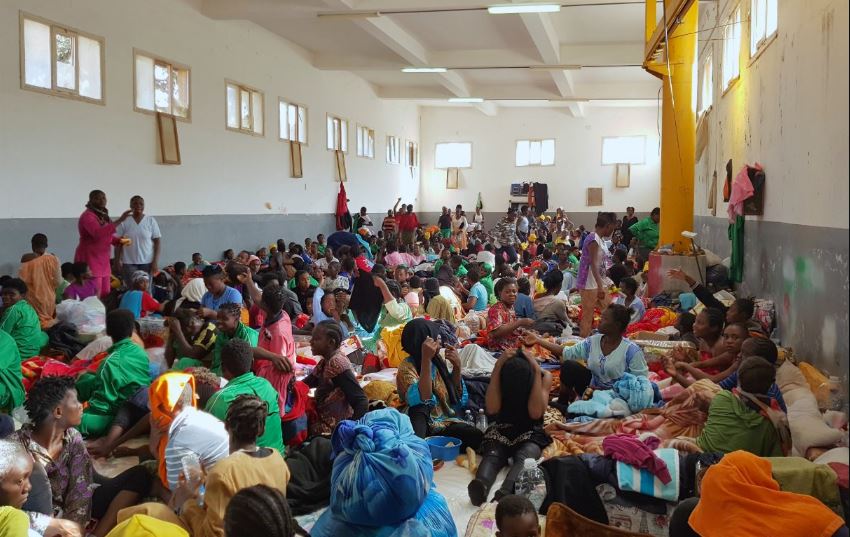
The worsening security situation in Tripoli and surrounding areas has made conditions in Libya particularly dangerous for refugees and migrants.
The African Union (AU), the government of Rwanda, and the United Nations High Commissioner for Refugees (UNHCR) have launched a joint initiative to evacuate refugees and asylum seekers facing severe hardships in Libya.
With 55,665 refugees and asylum-seekers registered with UNHCR in Libya, an estimated 4,700 are currently detained in overcrowded and unsafe conditions, in urgent need of relocation, protection, and assistance.
More To Read
- Fighting in eastern Democratic Republic of Congo is worsening gender-based violence against women
- Inside Sh39 billion new funding to boost refugees’ education in Africa
- Sudan conflict enters third year as UN warns of aid collapse, deepening refugee crisis
- UNHCR warns of looming health crisis for 12.8 million displaced people
- Thousands without lifesaving aid in DRC, says UN agency
- UN Refugee agency's boss warns funding cuts will put millions of lives at risk
The worsening security situation in Tripoli and surrounding areas has made conditions in Libya particularly dangerous for refugees and migrants.
In response, the AU, Rwanda, and UNHCR signed a memorandum of understanding (MoU) on September 10, 2019, to establish an Emergency Transit Mechanism (ETM). This mechanism aims to safely evacuate refugees from Libya and provide them with temporary refuge and lifesaving support.
This joint agreement builds upon an earlier offer by Rwandan President Paul Kagame in 2017 and a coordinated decision by the AU, European Union (EU), and United Nations (UN) to form a joint taskforce. The taskforce’s mission is to protect vulnerable refugees and migrants along migratory routes, with a focus on those stranded in Libya, where conditions have reached critical levels.
Rwanda will lead the implementation of the ETM initiative under the African Union Commission, collaborating with the AU's Special Technical Committee on Migration, Refugees, and Displaced Persons. The framework aligns with the 1969 OAU Refugee Convention and supports the AU’s 2019 theme of the year, which focuses on displaced populations.
This programme will see 500 refugees and asylum seekers, primarily from the Horn of Africa and including children and youth at risk, moved to Rwanda as part of its initial phase.
Upon arrival, UNHCR will work to find sustainable solutions for these individuals. UNHCR may resettle some evacuees in third countries, while others may return to their previous asylum countries or their home countries if deemed safe. Rwanda has also offered the possibility for certain individuals to remain within its borders, subject to further authorisation.
Since the signing of the MoU, the UNHCR has safely evacuated 190 refugees from Libya to Rwanda in two phases. This effort is part of a broader UNHCR initiative, which has evacuated over 4,400 people from Libya to various countries since 2017.
The Emergency Transit Mechanism in Niger has enabled the evacuation of 2,900 individuals, with the Emergency Transit Centre in Romania facilitating the transfer of 425 of them to European countries.
Top Stories Today
- Murkomen: Why police are solving MP Were’s murder faster, unlike other cases
- No country is being targeted, UK says, as visa rules tighten
- New AUC Chair faces old challenges as he seeks to rebuild trust with regional blocs
- Mombasa school empowers mums with financial skills on Mother's Day
- Nairobi's Freemasons' Hall clamped over Sh19 million land rate debt
- Engineers raise alarm over graft in Nairobi structural plan approvals
- Translate Hansard into local languages, forum tells Parliament, assemblies
- Ethiopia's electoral board deregisters Tigray People's Liberation Front
- Court hears wife of late marathoner Samson Kandie paid goons to assault him
- Kenya needs special courts to handle police rights abuse cases - IPOA
- Majority of JSS teachers come from four ethnic groups, report shows
- Kenya tops East Africa in investment appeal on low risk profile
- Legal gap leaves NLC powerless to recover grabbed public land
- Deputy governors demand Sh600bn for counties to boost devolution
- Business operators protest excessive permits and taxes
- MCAs demand over 700 kanjo recruits withdrawn from CBD for harassing traders
- Naivas to remain open as City Hall snubs MCAs' call to close city outlets
- MP Were murder case: Suspect challenges JKIA court's jurisdiction
- Activists want Ruto’s appointment of Prof Mutua declared unconstitutional
- Fuel prices unchanged for third consecutive month
